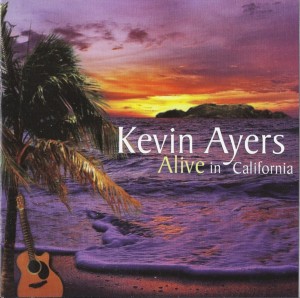
The rather rare Kevin Ayers Alive in California (2004)
If you can find a copy of Kevin Ayers Alive in California you are very lucky indeed. We are currently trying to find someone to re-issue this album since we had an amazing email from Richard Derrick the producer of Kevin Ayers Alive in California. Richard sent us a copy of the album in April 2014, which we were extremely grateful for. The official release date was 16 November 2004. Release dates in the US are (or at least were) Tuesdays, and that year Richard’s aunt’s birthday fell on a Tuesday, so he released the CD on that date in her honor.
Richard played bass on the album and the first thing I had to do was compliment him on his lovely, sensitive and skilful playing. Richard replied,
“I’ll let you in on a little secret – at the Knitting Factory gig (the first three songs on the disc), I literally couldn’t hear myself! We were opening for Gong, and used their rental amps. After their sound check, we had ours, and I left the volume settings where Mike Howlett left them. Once the room filled up with people, the sound in the room changed, so from where I was standing, the bass amp was inaudible! I could hear everyone else quite clearly, including the horn players on the other side of the stage, but fortunately, the sound man had a microphone on the bass amp and had it cranked up for the audience. I guess that’s the ideal way to do a live mix – rather than turn the amps up and have a volume battle where no one hears each other and communication between players is lost, turn the amps down (it was VERY quiet on stage, which is how I like it!), then boost it through the mixing board. Other than wishing I was a notch or two louder so I could hear myself, I think this is much better than the usual way people do live shows. I remember just hoping I was in tune – guess I was!”
Well I certainly can’t fault Richard’s playing on this album, it sounds excellent to me. Richard continues,
“That was a classic gig, by the way – that and the following night in San Francisco were the only times Kevin and Gong played together in the US. I’d originally booked Kevin to play in October 2000 at the Knitting Factory, which was just opening – I remember going there to talk about it, and the stage was still being built! They put me in touch with Glenn Max in New York, who booked the original Knitting Factory in NYC and was handling the LA schedule as well. He gave me a date in October, then a few days later, someone told me that Gong was scheduled for September. That seemed too good of a double-bill to pass up, so I asked Glenn if we could move Kevin up a month. His response was (paraphrasing), ‘I’ll be happy to do whatever you want, but I need to let you know that each show has its own budget, and Gong’s concert doesn’t have any money to pay an opening act – they’re a seven-piece band with a road crew, so it’s already costing a lot. So if you want Kevin to headline his own show, I’ll guarantee your $800 fee, but if you want him to open for Gong, I can’t pay you anything. Think about it, and let me know what you want to do.’ That was completely fair of him – he knew both acts and saw the historic value of putting them together, but the budgets were limited per show. The same deal applied with the venue in SF. I gave it a couple days of thought, knowing that it would mean an extra $1600 out of my own pocket if I had to pay Kevin to open for Gong for two shows… then I thought, “What’s $1600 when there’s history to be made?” Now, 14 years later, that $1600 means nothing, and we all have the memory of two great concerts!”
How amazing is that? This has to be a major reason why this album should be kept on sale, it really is a priceless recording.
There is a superb review of the CD by Martin Wakeling from Manchester, that is well worth a read. I love this part of Martin’s review:
You will not believe that these gigs were prefaced by an absolute minimum of rehearsal – in that respect they acquire a fascinating perspective to offset the other live set of 1995’s ‘Turn The Lights Down’, captured after a week of intense playing every night with the Wizards of Twiddly. Richard Derrick has chosen a personal selection of songs from 4 gigs in LA and San Francisco between 1993 and 2000. Skilfully captured on a mixture of DATs, soundboards and audience cassettes, the setlist emerges as a seamless experience with the subtleties between the different (and previous) bands a secondary factor.
…Flute and sax add a welcome texture to the songs and some storming guitar work from both Ken Rosser and Victor Manning reminded me why I loved these sets the first time I heard the rough mixes. Miracles have been performed to the sound quality which literally sparkles.Kevin is on fine form throughout, relaxed and bantering with a passionate crowd who appear to be sitting on his lap in places. Spontaneity at a Kevin Ayers gig is the first ingredient we would all want and recognise – the humanity of that occasional dodgy intro or outro is a vital counterpoise to understand the magnificence of what may follow; the silence in the spaces the prelude to the genius in between. This is Kevin Ayers alive.
Martin Wakeling also wrote the sleeve notes for Kevin Ayers Alive in California.
Kevin Ayers Alive in California Sleeve Notes
‘Come on and join the dance, it goes round and round Until the things you’ve lost become the things you’ve found’
Throughout 1968, a crazy dance had led Kevin Ayers across America with The Soft Machine in support of Jimi Hendrix. An endless, faceless zigzag of planes, gigs and hotels soured this ultimate rock’n’roll experience and left Ayers physically and mentally exhausted. Recovery – and the birth of a solo career- was found in a retreat back to a gentler lifestyle that has continued to exist on the border between blue sky hedonism and the darker twilight reflections that divide sleeping and wakefulness. Such escapes have punctuated Kevin’s long career like pressure valves.
This early American experience would leave distinctive scars on an artist who, among the many paradoxes that mark his music and persona, is widely recognised for his perceived ‘Englishness’ and yet whose allure and sensitivities are universal. Lacklustre attempts by record companies to promote Kevin to the American public during the 1970s came to nothing, and a fleeting handful of club appearances around New York in the spring of 1980 were locally well-received, but no following momentum was sustained. Kevin maintains a consistent loathing for music’s ‘appearance business’ – the ruthless push towards a superficial, transitory commercial success; the language of ‘product’ blurring both artist and audience into an amorphous and dehumanised mass.
In truth, it would be unfair to lay the entire rationale for this at the door of Kevin’s American experiences. Always happier far beyond the mainstream, his privacy largely intact, his genius accorded cult status and a large measure of artistic respect from the peers of several musical generations, the spaces between gigs grew longer and the intervals between some variable albums grew even wider throughout the 1980s and early 1990s. Those who shared the secret of his songs, those who understood that these fallen autumn leaves still glowed with the warmth of summer, feared that each rare appearance might be the last – or that the last opportunity would never arrive.
The death of guitarist Ollie Halsall in May 1992 would rob Kevin not only of his musical director but also of a spiritual brother. A musical and personal road they had travelled together for nearly 20 years had ended. The dance had stopped…
Kevin Ayers did not stop. He somehow gathered the force, the self- determination, the motivation and the will to start the dance again. Old friend Archie Leggett joined him on bass for a lengthy tour of Europe. And, perhaps greatest of all surprises, as the dance came round again, ultimate salvation came from America.
An invitation came via Rick Chafen of VoicePrint US for a string of dates in February and March of 1993. The deal was to comprise a series of low-key, solo club dates across the continent, travelling on stand-by airline tickets and hospitality courtesy of fans, friends and admirers. It seemed to be the ultimate challenge: Kevin had not performed solo for nearly 20 years.
Yet the challenge was taken up and, in spite of a borrowed guitar with a reluctance to stay in tune, some visible nerves and fears, and a bout of illness that wiped out three gigs, the tour went ahead. The other perspective that came through to the early Why Are We Sleeping fanzine was the sheer joy from the US contingent of fans who had waited half a lifetime to see that tour announcerrfent in the newspaper. Their words became a mantra – ‘I couldn’t believe my eyes …. ‘, ‘I never thought I’d see this moment’ – and reinforced once again that the Kevin Ayers network unites a global family who need no explanations or introductions amongst each other.
Perhaps Kevin laid many ghosts to rest during that solo period in America. Certainly, it kickstarted a decade of significant touring that continues to this day. Further solo US dates followed in the fall of 1993, some of which saw fellow Soft Machine and Gong friend Daevid Allen joining Kevin on stage. Returning to Europe, a rejuvenated Kevin was to link up with Liverpool acid jazzsters The Wizards of Twiddly’ for a spell. Projects also followed with the electronic Ultramarine and, latterly, the Belgian Starvin’ Marvin Band.
Kevin was back in the US in May 1998 and September 2000 for the unique music you are to hear on this CD. Once again, the global family were to light the flame that brings these magical songs to life – Richard Derrick’s (Los Angeles) and Victor Manning’s (San Francisco) bands of friends rehearsed, arranged, booked venues and then played. Longtime friend John Altman just happened to be in L.A. for the Emmys at the time of Kevin’s 2000 gig, found out by surfing the Net while in his hotel room, and invited himself to sit in with the band. The lights were turned low, and the man in the black silk shirt who had permeated the soundtrack of their lives stepped in front of them and sang.
Familiar Kevin Ayers, yet different. California is in these songs. The lost energy of 1968 grew beneath the sun and became golden. Thank you, America, from all of us, for rejoining the dance.
Martin Wakeling July 2004
Track Listing
- May I? 4.58
- Didn’t Feel Lonely ‘Till Thought Of You 5.10
- Lady Rachel 7.12
- I Don’t Depend On You 3.52
- When Your Parents Go To Sleep 4.29
- Shouting In A Bucket Blues 3.56
- Everybody’s Sometime And Some People’s All The Time Blues 3.45
- See You Later 2.10
- Ghost Train 5.08
- Mr. Cool 3.03
- Stranger In Blue Suede Shoes 4.10
- Blaming It All On Love 4.05
- Why Are We Sleeping? 7.58
- Thank You Very Much 4.22
- Hat Song 1.34

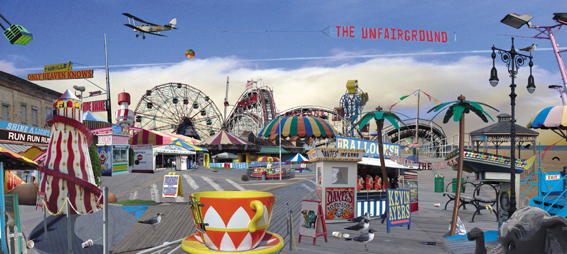

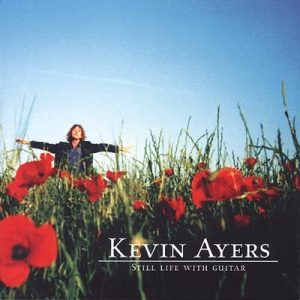
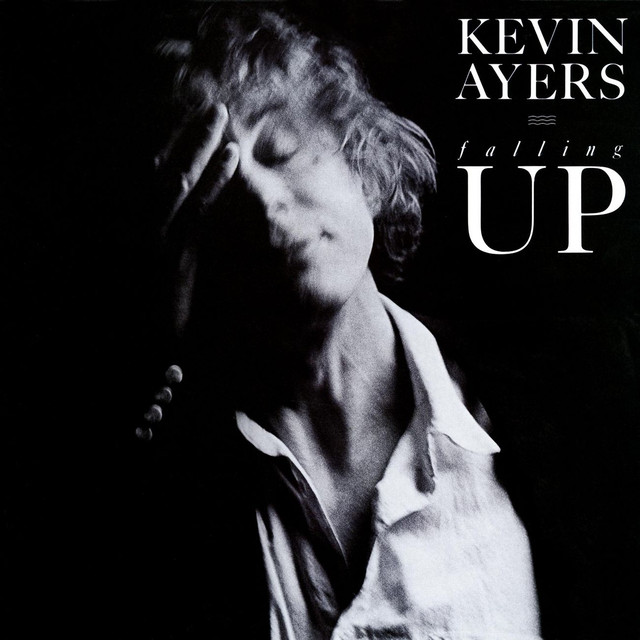
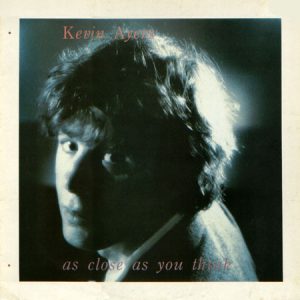
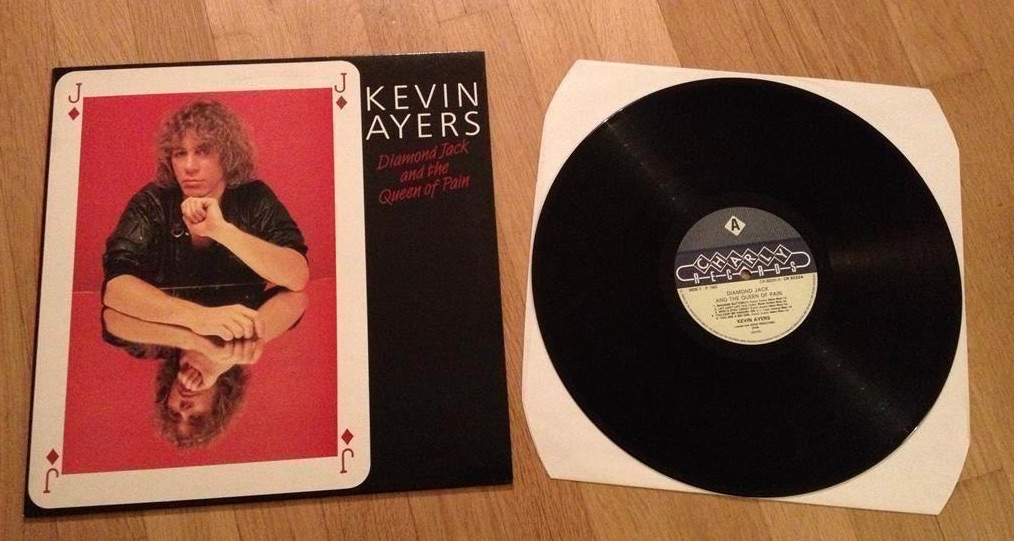
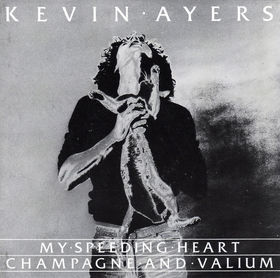
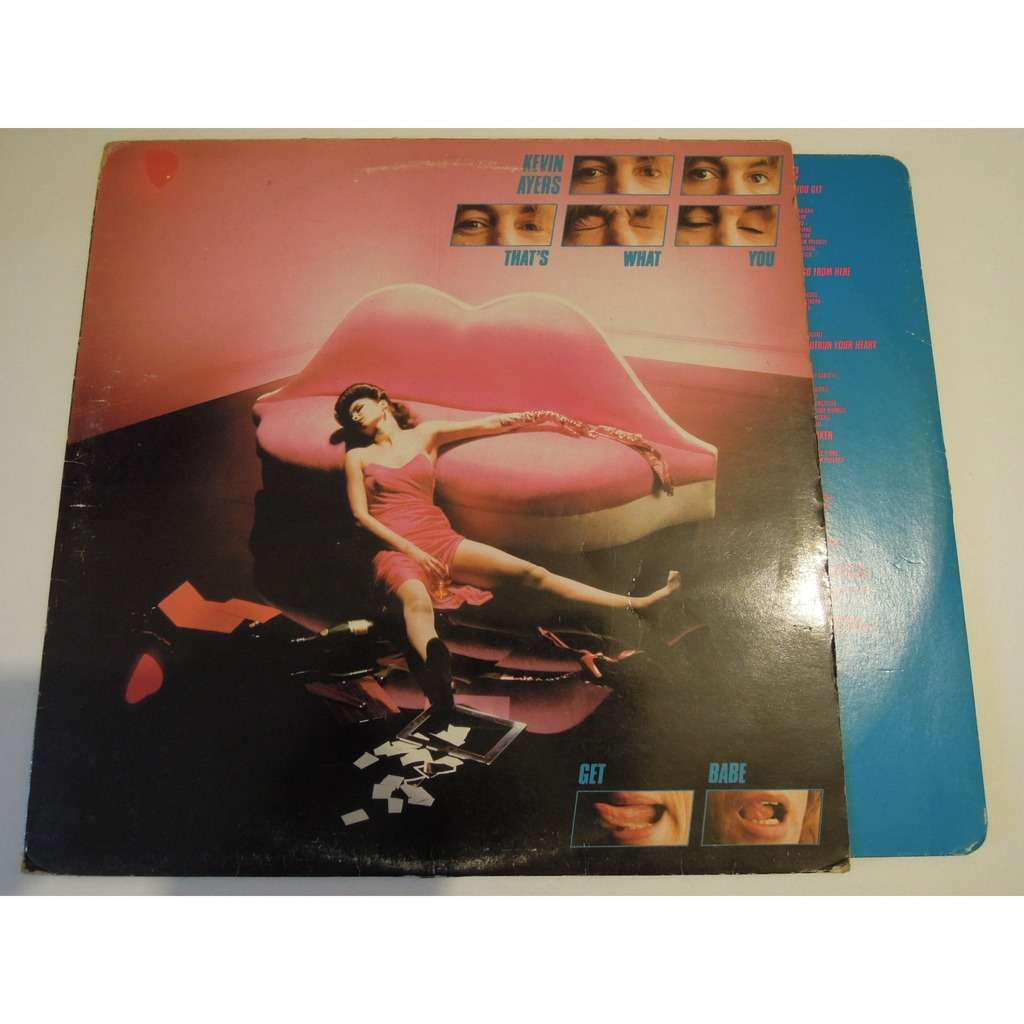
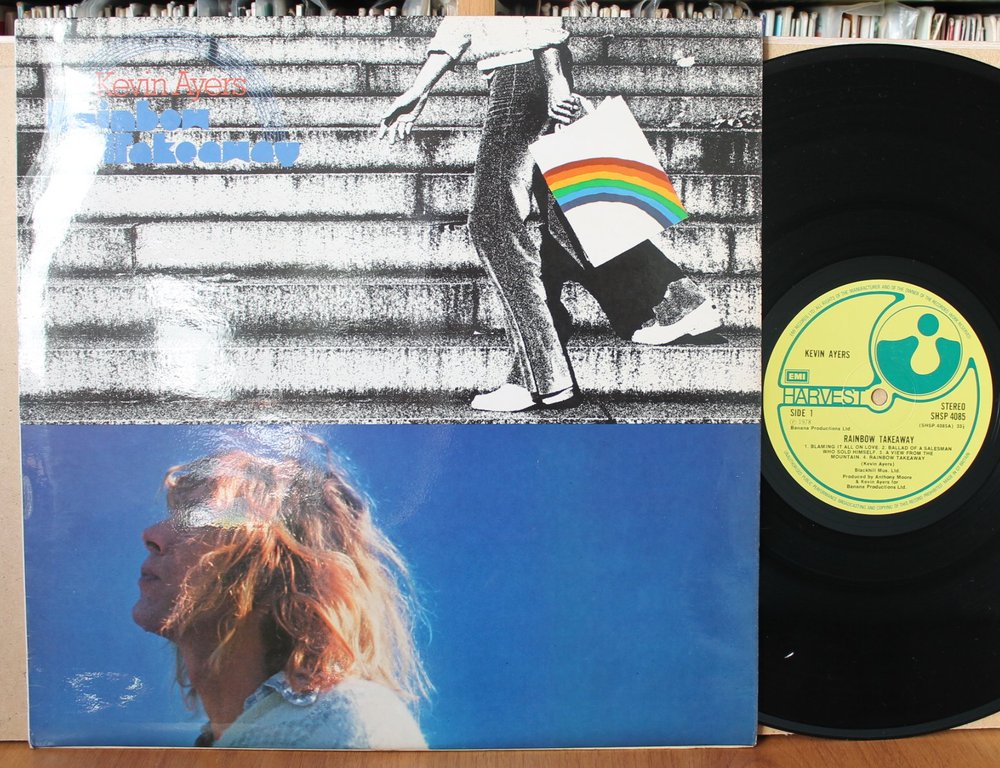
Recent Comments